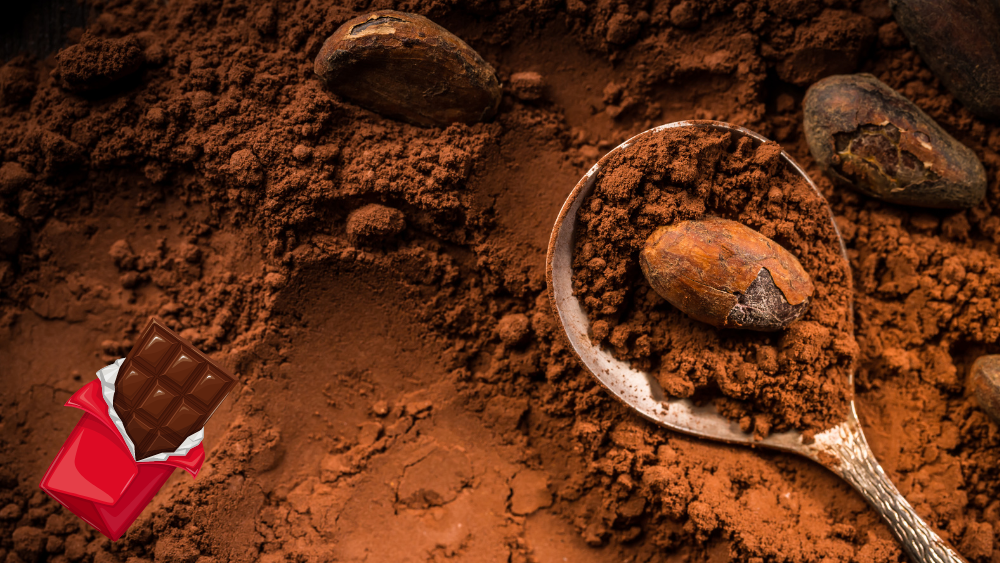Chocolate has always been an indulgence. But it’s fast becoming a luxury – and one which soon not even the Easter Bunny will be able to afford. A box of six white chocolate eggs now costs R65, which is R10 more than this time last year. A 50g Lindt chocolate bunny has jumped to R60 from R45 last year. Even a simple bar of chocolate is going to cost you more, with an 80g bar now over the R20 mark. Given that these increases are well above the inflation rate, what is going on?

Cocoa production under threat
A major reason for the price increase is that most of the world’s cocoa is grown in just a handful of countries in West Africa. Côte d’Ivoire and Ghana, which account for more than 60% of global cocoa production, have been hit by bad weather related to the El Niño weather phenomenon resulting in hundreds of thousands of hectares in lost production.
There are other confounding factors, such as illegal mining which has overtaken many farms in Ghana and degraded the land, making it unsuitable for cocoa production.
As a result, cocoa bean production has dropped and the price of cocoa on global markets has increased dramatically. In New York, cocoa futures prices have more than doubled since January from just over $4,000 per tonne to more than $9,000/tonne earlier this week.

Globalised food production
Cocoa is just one of many food crops that are globally consumed but regionally produced. Cocoa trees grow best in countries that lie in a belt between 10° north and south of the equator. The trees’ natural habitat is in the lower storey of rainforests where rainfall is high throughout the year, and the temperature is relatively uniform.
Another is sunflower oil which is produced primarily in the Ukraine and Russia. Most of us know this now because prices spiked shortly after the outbreak of the Ukraine-Russia conflict.
China is the dominant producer of many of the world’s table regulars including mushrooms and spinach. More than 90% of these are grown in China.
Similarly, half the world’s coconuts are grown in Indonesia and the Philippines, hazelnuts come mostly from Turkey, and olives from Spain, Italy and parts of North Africa.
In the southern hemisphere, a third of vanilla originates in Madagascar, quinoa is almost exclusively from Peru and Bolivia, and Brazil nuts come from, well, Brazil and Bolivia.

Notepad
- Cocoa researcher Michael Odijie writes for The Conversation about the falling cocoa supply
